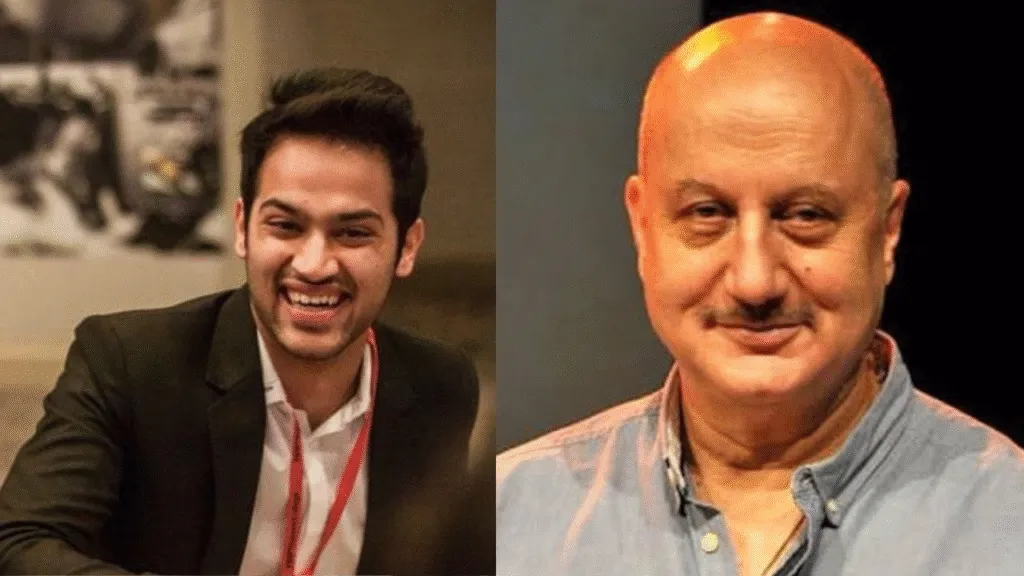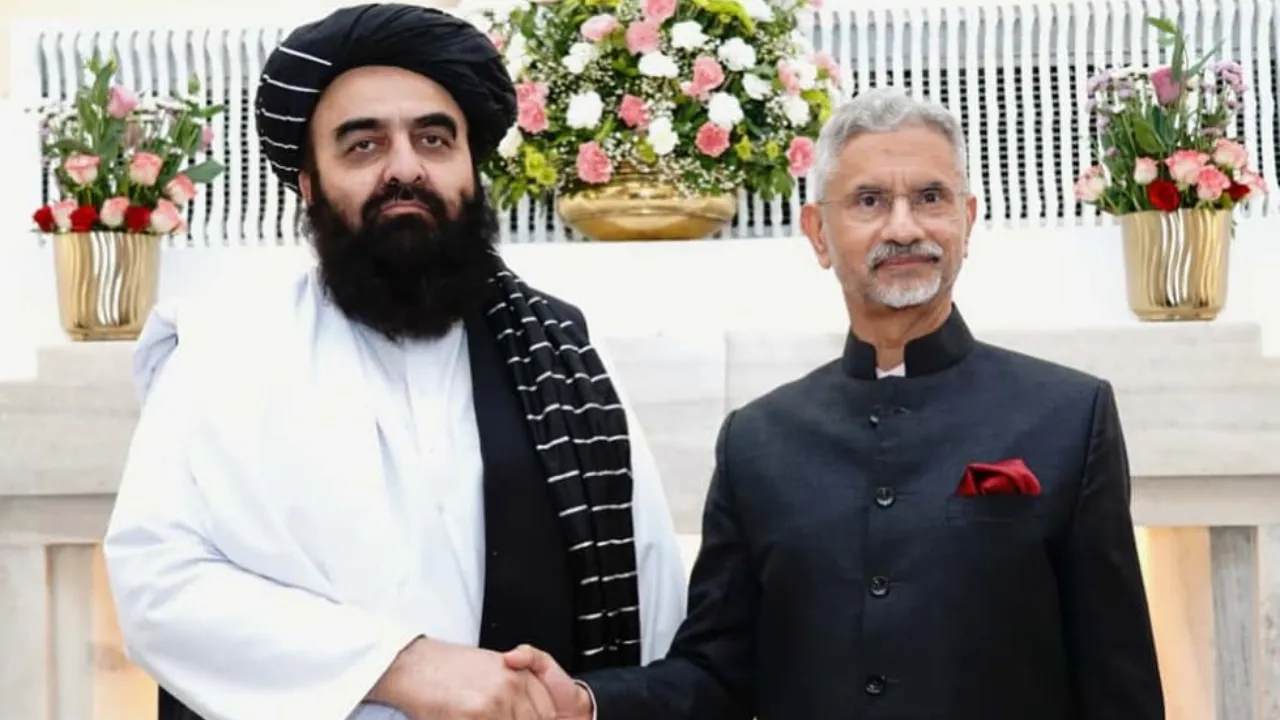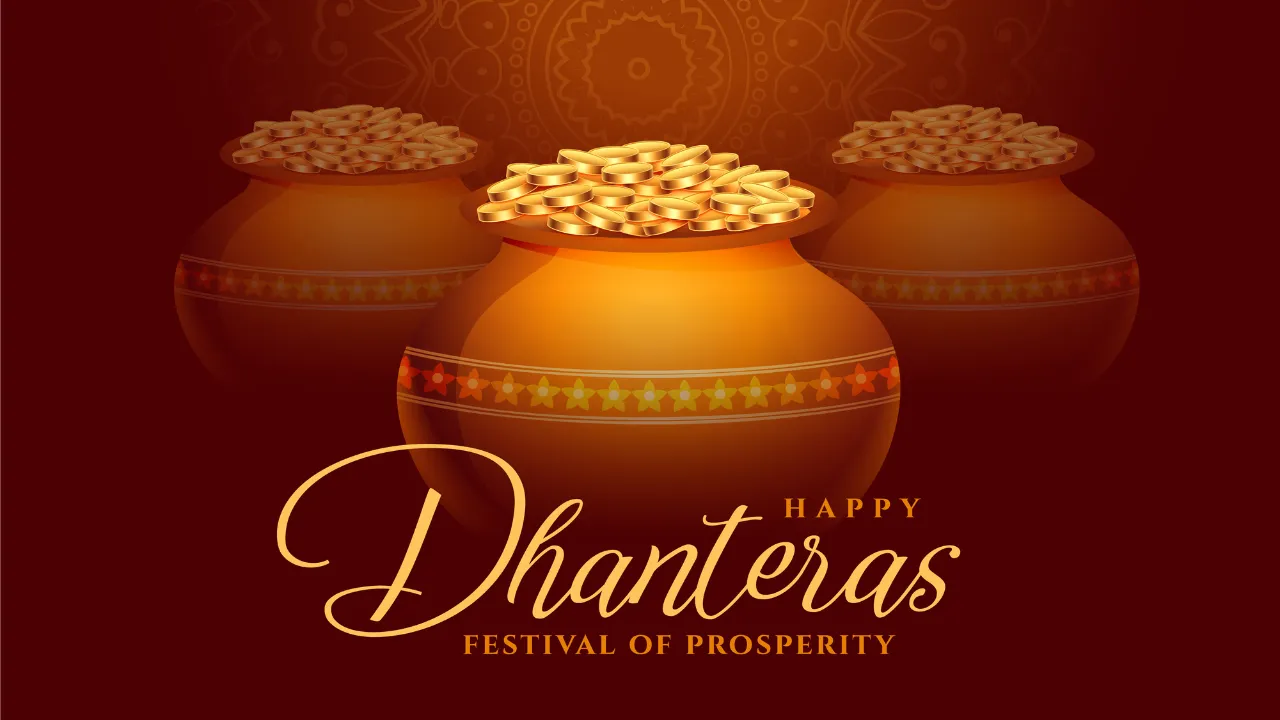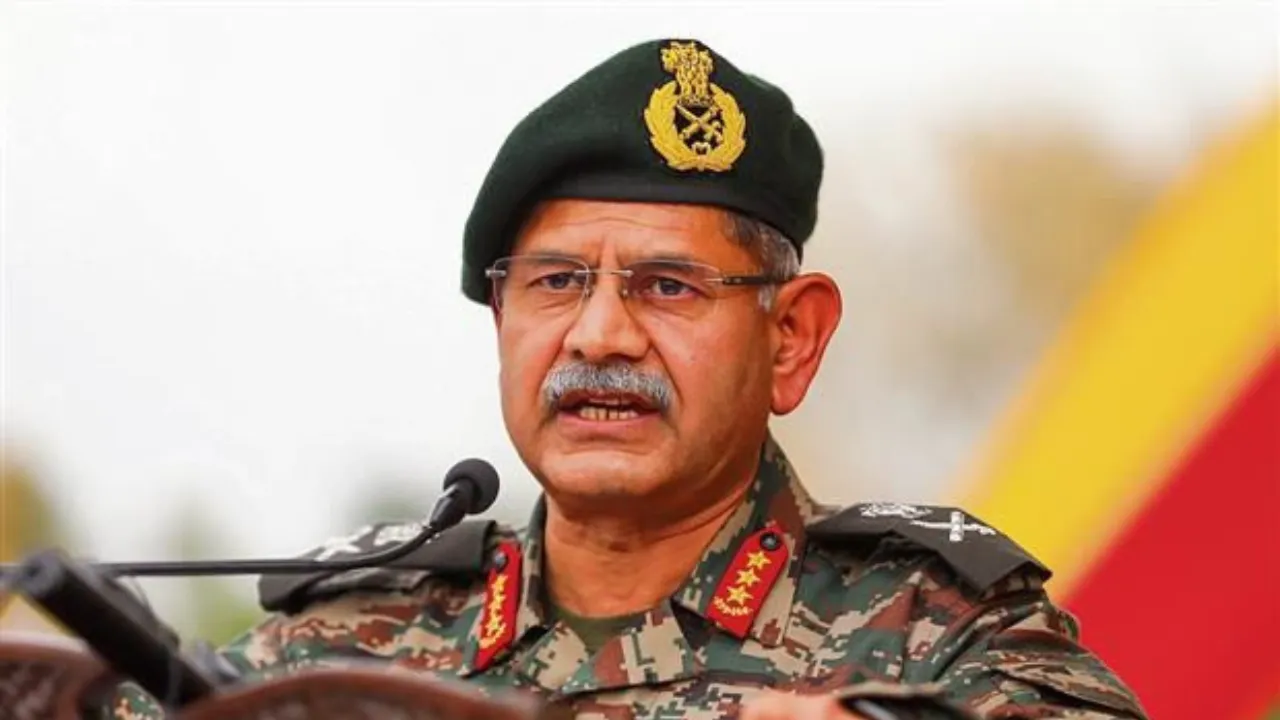Three Key Issues Between India and the U.S.: Jaishankar Draws the Red Lines
India and the United States, two of the world’s most significant democracies, are going through a rough patch in their ties. Despite strong cooperation in technology, defense, and regional security, three major disputes have put the relationship under strain. External Affairs Minister S. Jaishankar has clearly stated that India has “red lines” that it will not compromise on. These issues are trade, energy security, and defense relations.
1. Trade and Tariff Dispute
The first flashpoint is the ongoing trade conflict. The U.S. has imposed steep tariffs on Indian goods—25% under the “reciprocal trade” category and another 25% as a penalty for India’s continued purchase of Russian oil. Together, this means Indian exports could face up to 50% in tariffs.
Washington has been pressing New Delhi to open its markets for American dairy, agricultural, and pharmaceutical products. India, however, has resisted, saying its small farmers and domestic producers cannot be sacrificed at the altar of a trade deal. Jaishankar stressed that India’s farmers are “non-negotiable,” marking a clear red line in negotiations.
So far, trade talks have stalled. Officials admit that while discussions are ongoing, the tariff hike has created a deep trust deficit. Analysts warn that if fully implemented, the tariffs could shave off nearly 0.8 percentage points from India’s annual GDP growth.
2. The Oil Question – Russian Imports
The second issue is India’s purchase of discounted Russian crude oil. The U.S. has repeatedly criticized New Delhi for what it calls “funding Russia’s war machine” and responded by adding another layer of tariffs.
Jaishankar, however, hit back strongly. In a pointed remark, he said: “If you have a problem, don’t buy it. Europe buys, America buys… so you don’t like it, don’t buy it.” His statement underlined India’s position that energy security is a sovereign choice, and no country has the right to dictate terms.
India argues that its oil policy is based on affordability and national interest. Moreover, while the U.S. has selectively targeted India, countries like China and members of the European Union continue to buy Russian crude without similar penalties. For New Delhi, this is not just an economic issue but a matter of fairness and strategic autonomy.
3. Defense and Strategic Concerns
The third major friction point is defense cooperation. Reports in international media recently claimed that India had paused plans to buy U.S. defense equipment—including Stryker armored vehicles, Javelin missiles, and Boeing P-8I aircraft—in response to tariffs.
The Indian government quickly dismissed these reports as “false and fabricated.” Still, the speculation highlights the growing strain in defense ties. Traditionally, the U.S. has been one of India’s key defense partners, supplying advanced military hardware and sharing intelligence under the Quad framework.
But with the tariff war escalating, trust has been eroded. Some analysts believe this could weaken the Quad grouping (India, U.S., Japan, and Australia), at a time when China’s influence in the Indo-Pacific is rising. Others point out that India may now diversify further by deepening cooperation with countries like France, Russia, and even China to safeguard its strategic options.
Consequences and the Road Ahead
The fallout from these disputes is already being felt. Economists warn that prolonged tariffs could disrupt supply chains, affect Indian exporters, and trigger inflationary pressures. Politically, the tensions risk undermining years of careful diplomacy that had brought India and the U.S. closer than ever before.
Still, officials on both sides have left the door open. India remains committed to finalizing a Bilateral Trade Agreement (BTA) by late 2025, provided its core concerns are respected. Parallelly, New Delhi is fast-tracking its free trade agreements with the European Union and other partners, signaling that it will not allow itself to be cornered.
In strategic terms, Jaishankar’s clear articulation of red lines—protecting small farmers, securing affordable energy, and safeguarding defense autonomy—shows that India is unwilling to compromise national interests even under pressure. Whether Washington recalibrates its approach will determine how quickly the relationship can recover.
Conclusion
The India-U.S. partnership has always been described as a “defining relationship of the 21st century.” But right now, it faces one of its toughest tests. Trade wars, energy disputes, and defense frictions threaten to slow down momentum. Yet, both nations also recognize that their cooperation is too important to fail, especially in countering China and ensuring global stability.
For India, the path ahead is about balancing assertiveness with diplomacy. For the U.S., it is about respecting India’s red lines while finding common ground. The next few months will reveal whether the world’s two largest democracies can repair the cracks—or drift apart in a time of geopolitical uncertainty.
Also Read: UP Bride Burnt Alive Over Dowry—Father Demands Instant Justice!













